Has the last few years of dire warnings about the planet made you keen to reevaluate your relationship with nature? Have you been meaning to transform your garden into an accessible space for birds, bees, and little critters?
By making a few upgrades to your garden you’ll be surprised what animals you can attract, harnessing a welcoming, vibrant outdoor space for the whole family to enjoy. What better way than that is there to reconnect with nature?
And the good news is that your open invitation to furry and feathered friends doesn’t need to be exclusive to summer; you can even set up little homes for them to stay in for autumn and winter, too. With some new additions, you can make your garden a haven for wildlife the whole year round. With that in mind, here are 12 ways to make your garden wildlife friendly.
Make A Home For Hedgehogs
Aren’t hedgehogs the cutest? If you’re keen to see more in and around your garden, then use any leftover wood you have from old DIY projects to make a hedgehog house. This will provide them with a safe place to nest and hibernate over the coming months.
It needn’t be complicated; an old box or wooden wine crate makes a great hedgehog house, too. Simply fill it with hay or straw and leave the box in a quiet, secluded place in the garden, keeping it half-covered with branches and leaves.
Also, have a think about how small animals can get into your garden. Make your garden more accessible by leaving a hole at the bottom of your fence, or replacing it entirely with hedgerow. This way local critters such as hedgehogs and toads can pop in for a visit. Now, who’s putting the kettle on?
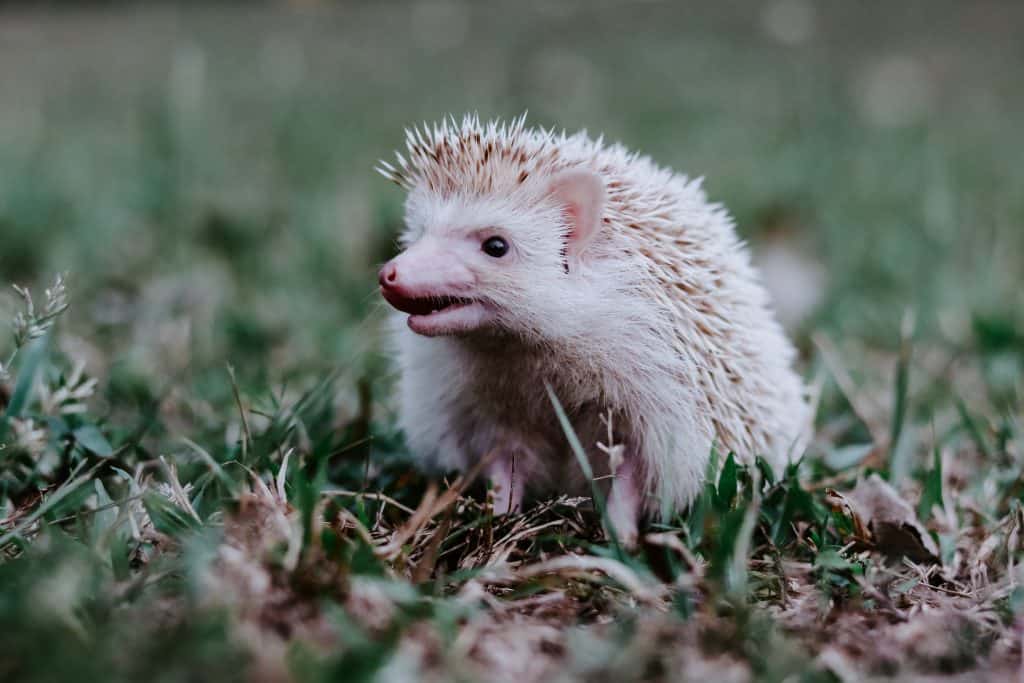
Build A Hotel For Bees
Bees are very important for ecology, so you want your garden to be as bee-friendly as possible. A fun way to do this is by building a bee hotel, which you can make out of several different materials. If you have old wood lying around, create a home for bees by simply drilling some holes into it. You can even use a plastic bottle filled with twigs and hollow stems, and secured with twine and string.
The best place to put your bee hotel is in direct sunlight, about a metre off the ground. Ensure it stays dry and with nothing blocking the entrance, keeping it firmly secured to a wall, fence, or post.
Encourage Butterflies To Visit
Butterflies are totally gorgeous and contribute to a varied ecosystem, playing an important role in pollination. Britain is blessed with a huge variety, so encourage them in your garden by planting colourful and strong-scented flowers such as marigolds, lavender and cosmos. If you’re interested in learning more about the types of butterflies in your garden, have a look at this species guide.
You can even make a butterfly feeder from an upside-down wine bottle; also a fun way to get rid of some recycling, we think! Butterflies and small birds love sugar, so all you need to put inside is a sponge soaked in sugar water. If you have a creative hand, you could even decorate the bottle and it’ll make a lovely garden ornament.
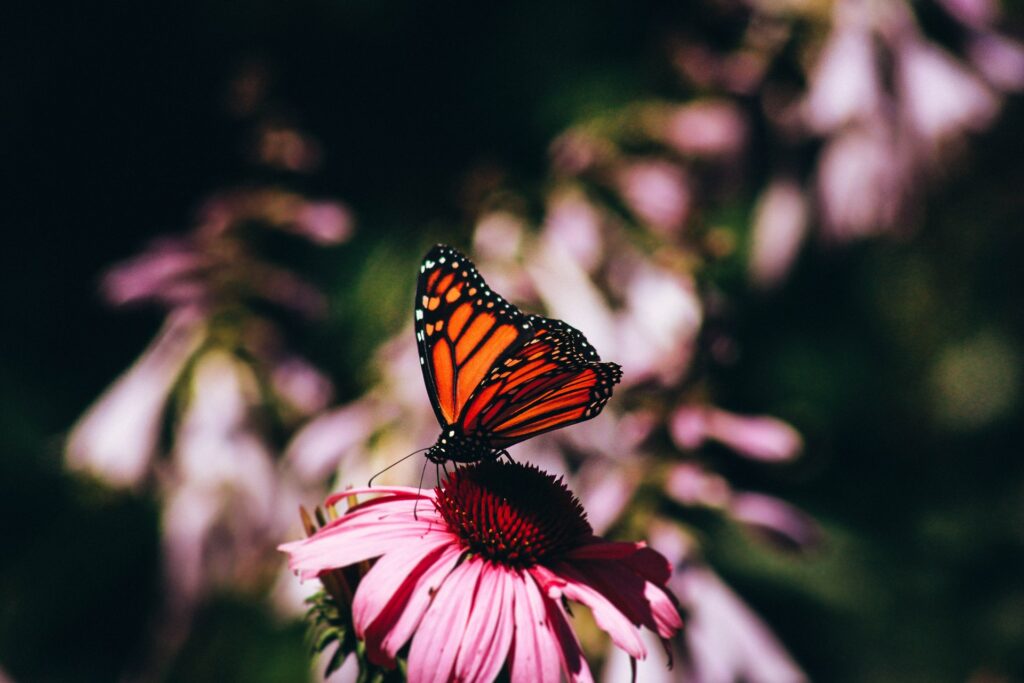
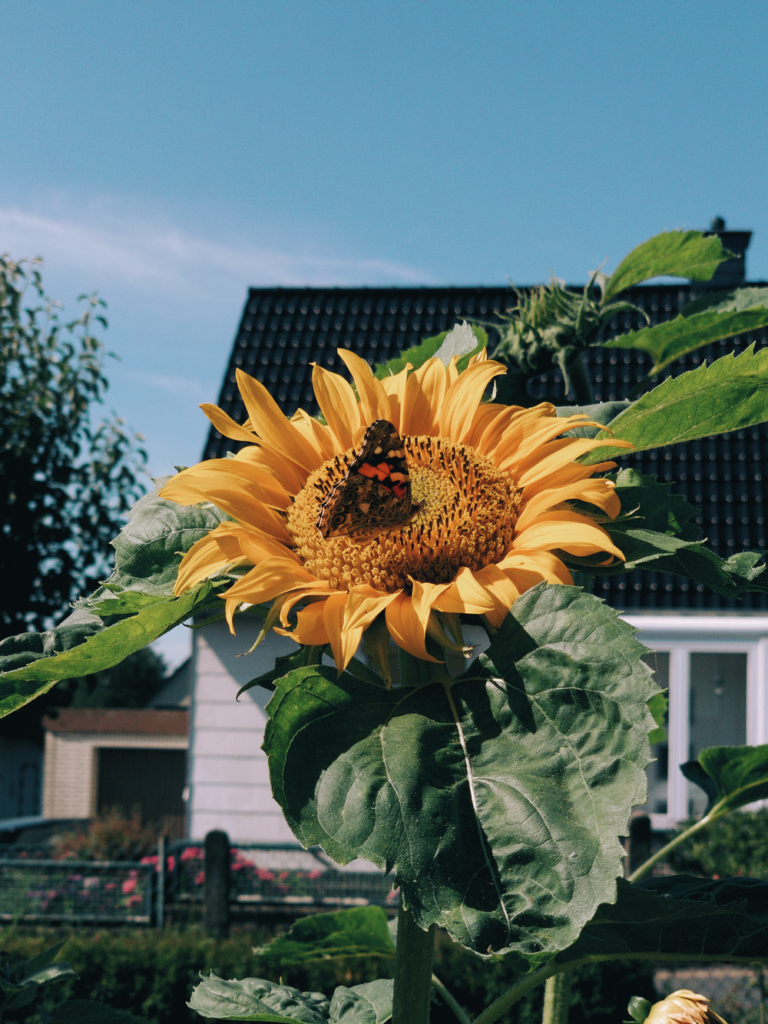
Shop Responsibly
Making your garden more wildlife friendly shouldn’t only be focused on your own outdoor space. In fact, your shopping habits play a huge role, too.
Try to be a more responsible consumer when you go to the garden centre and think about the origin of the plants, tools and accessories you buy. Certain plants are imported, so you might want to check if they’ve been ethically sourced. Do your research and find out which plants will benefit your local environment and which could potentially be harmful. Every little helps, after all.
Indeed, native plants will be better for your garden and neighbouring wildlife, so have a chat with the staff at your local garden centre and see what they recommend. And perhaps most importantly of all, avoid peat-based products and harmful pest protection.
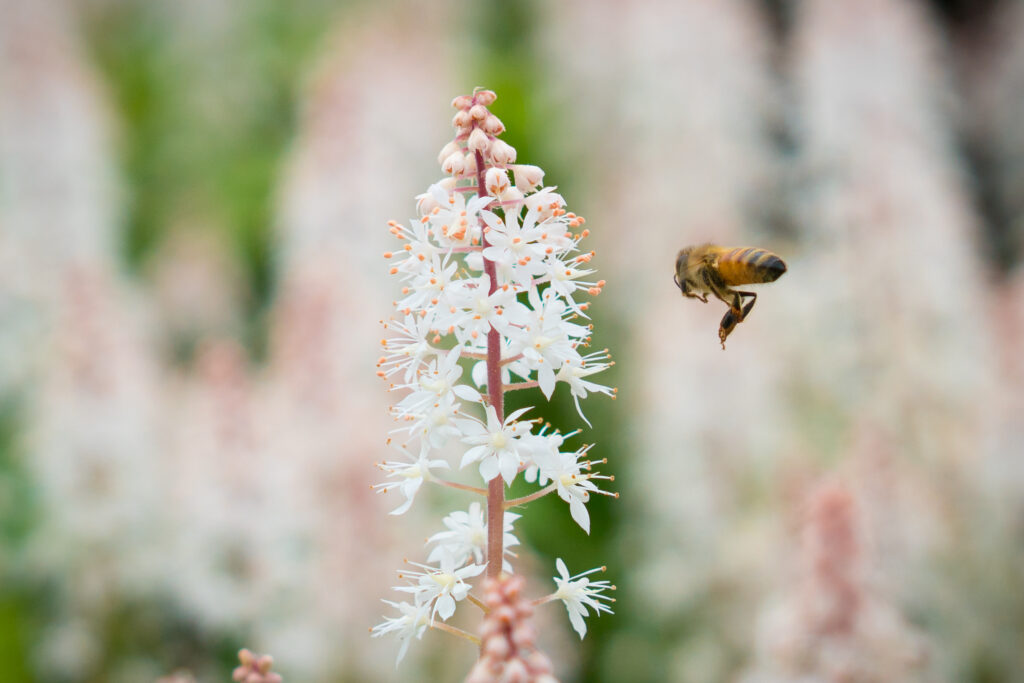
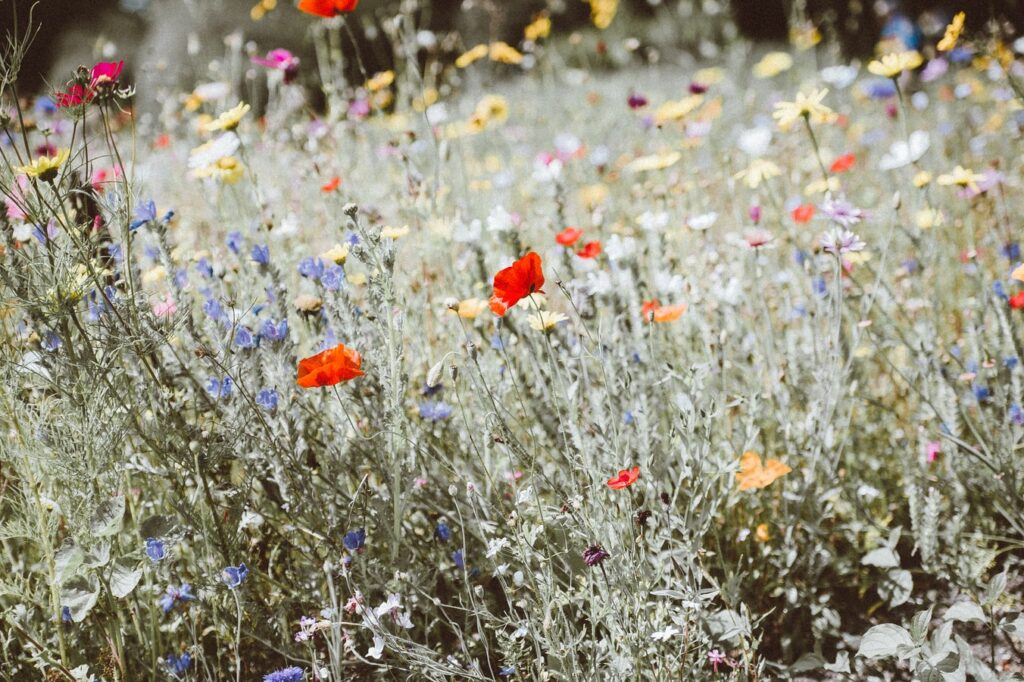

Feed The Birds
If you like bird watching, you can enjoy identifying the species as they come over for a snack by setting up a bird table or feeder. Here are some of the most common garden birds to look out for.
Make your own bird-feeder out of recycled materials such as a plastic bottle. Birds eat a range of different things, so be responsible and recycle your leftovers and food waste into balls or sticks by mixing fruit, nuts, cooked pasta, or rice with lard to bind it. Filling your bird feeders with high-energy bird food like suet can be the crucial helping hand that birds need during the colder seasons.
You can get rid of your organic waste while giving them a tasty treat, too; they even like to leftover peas, sweetcorn and mashed potato!
Cultivate A Compost Heap
A compost heap has several purposes, but primarily, it helps to sustain garden plants and wildlife. Compost also provides shelter to many types of critters; this is because it releases heat during decomposition. As such, it actually makes a cosy warm home for wildlife in your garden.
Compost also works well as an organic fertiliser for your flowers, and it’s great way to get rid of your household’s organic waste, such as fruit and vegetable peel, teabags, coffee, and other leftovers. You’ll have great results with fresh compost, and be using up old kitchen waste as well. Result!
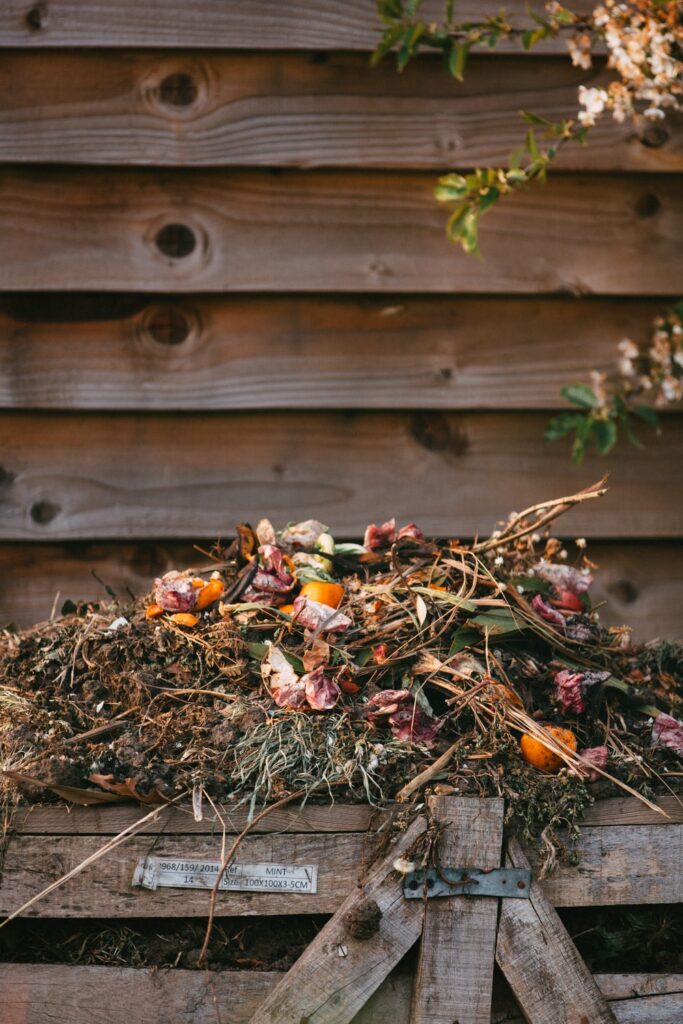
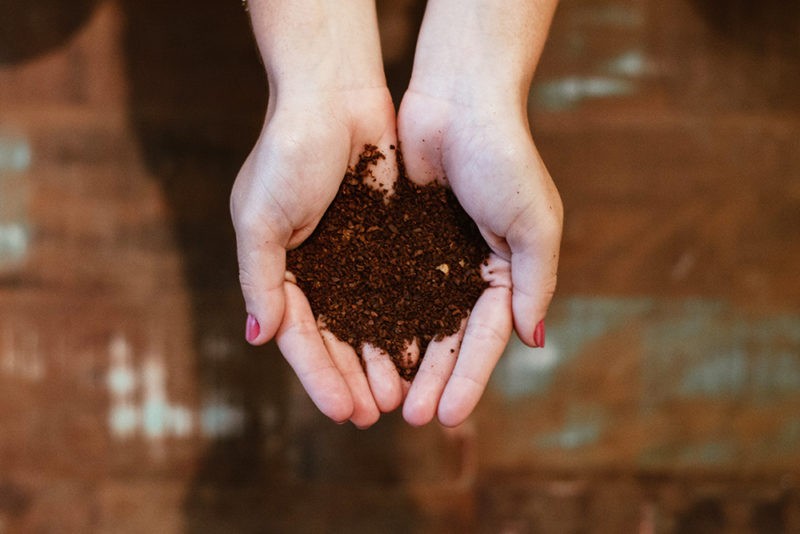
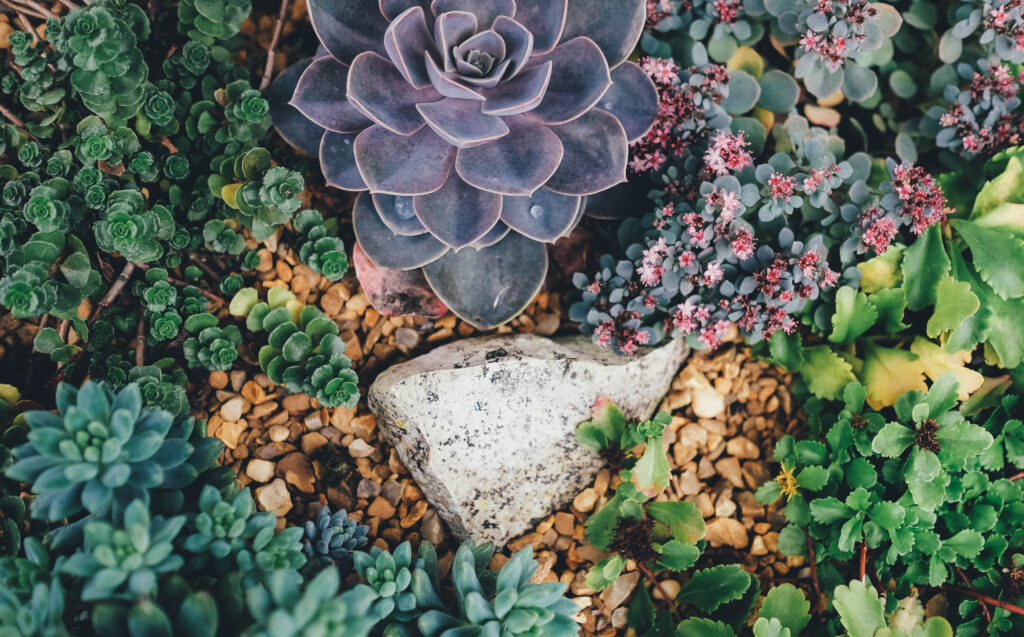
Create Night-Friendly Spaces
Your garden can be just as lively at night as it is during the day with some thoughtful additions for nocturnal wildlife. Plant night-scented flowers like evening primrose and night-flowering jasmine to attract moths, which are important pollinators and food sources for bats. Installing bat boxes high up on trees or walls (at least 3 meters off the ground) provides safe roosting spots for these natural pest controllers.
Consider reducing artificial lighting or using motion-sensitive lights instead of constant illumination, as this helps nocturnal creatures navigate more naturally. If you need pathway lighting, opt for low-level solar lights that provide minimal disruption to wildlife. By creating a garden that welcomes both day and night visitors, you’ll develop a more balanced ecosystem and might even enjoy the unique experience of watching your garden’s nighttime residents in action.
Make A Rock Garden
So you’ve set up your garden chill out area for a little revelry with friends, but what about doing the same for the local wildlife? A rock garden makes a fantastic place for small animals and insects to sit in the sun or hide in the shade when it gets too hot.
Simply place flat stones in one area of the garden; mini creatures will thrive underneath and you can watch them come out in search of food or a bit of sun.
Create A Wildflower Meadow
Transforming a section of your garden into a wildflower meadow can significantly boost biodiversity. Wildflowers provide essential nectar and pollen for bees, butterflies, and other pollinators, while also offering seeds for birds and shelter for small mammals and insects. To create a wildflower meadow, choose a sunny spot, remove any existing grass or weeds, and rake the soil to create a fine tilth. Opt for a mix of native wildflower seeds suited to your local climate and soil conditions, scatter them evenly over the prepared soil, and lightly rake them in. Water the area gently and keep it moist until the seeds germinate.
Once established, wildflower meadows require minimal maintenance and will create a vibrant, colorful space that supports a wide range of wildlife throughout the year. By dedicating a part of your garden to wildflowers, you’ll not only enhance its beauty but also contribute to the health and diversity of your local ecosystem.
Provide Water Or Dig A Pond
In a wildlife-friendly garden, it’s important to provide water. If you have space, digging in a pond will make a nice home to host your amphibian visitors. It’s not too difficult to do, just make sure there are stones and branches surrounding it so that the animals can get in and out. Be sure to add water lilies and other plants to keep it fresh and inviting. See here for more garden pond building tips.
If you are unable to dig out a pond, think of more creative ways to provide water. You could even set up a makeshift pond using an old bucket, sink, or bath and surround it with stones and branches to make it more accessible. You’ll need to add some oxygenating pond plants to keep the water from getting stagnant. These work for filtration and removing excess nitrates.
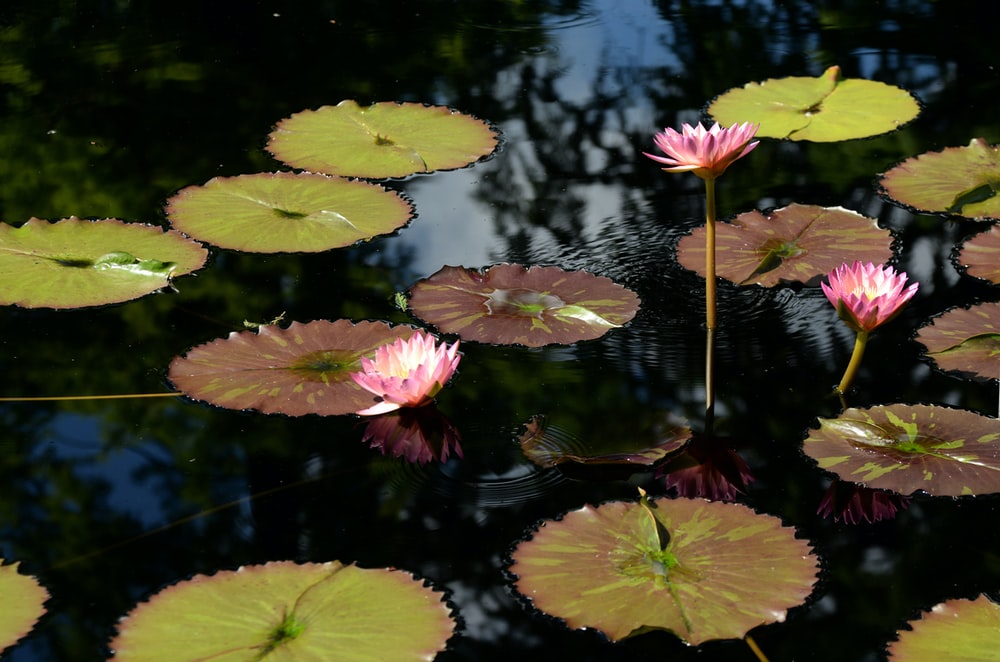
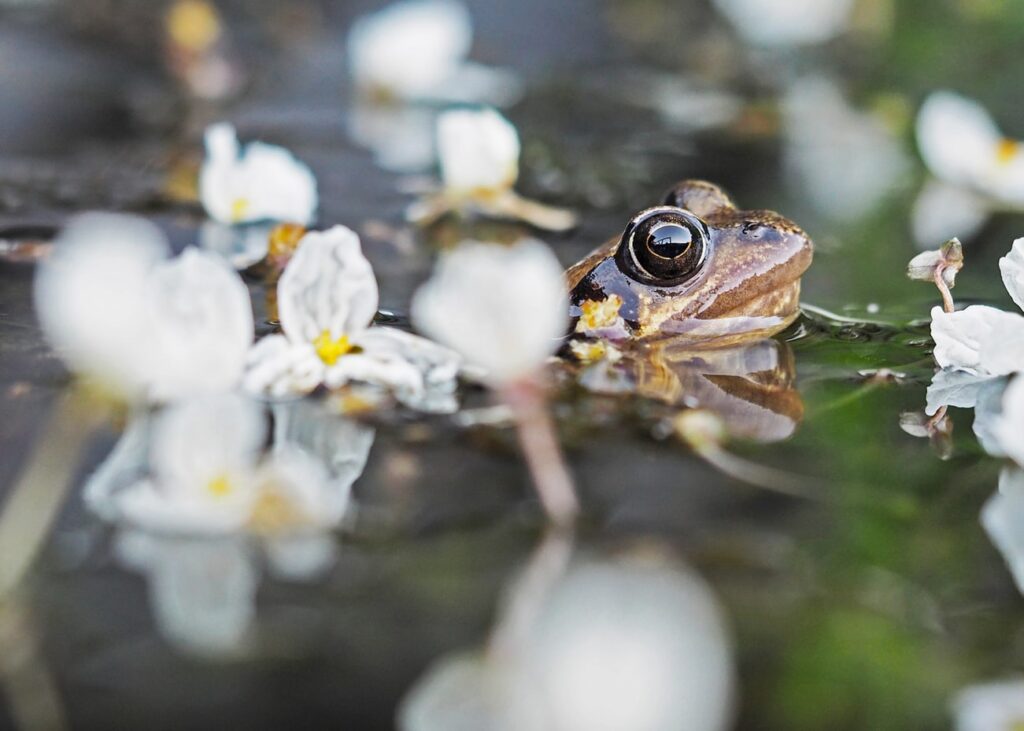
Leave Wood For Critters
Decaying wood and logs provide a perfect habitat for many types of wildlife. Leave some wood in a moist, shady area of your garden. This will make a nice home for bark beetles and similar mini-beasts. You’ll find you’ll attract more rodents and hedgehogs as well, looking for grub.
Moist wood like this is also the perfect environment for different species of fungi. If you’ve noticed some mushrooms growing in your garden, make sure you’re careful, particularly with pets around, in case they’re poisonous. Use a mushroom identifier to find out exactly what they are first. You’ll be surprised how many species of mushroom might crop up in the right climate.
Know What To Plant
There are several types of wildlife-friendly plants out there just perfect for welcoming animal visitors into your garden. As flowering plants go, birds like honeysuckle or clematis as they provide nesting habitats, shelter, and breeding sites. You can encourage bees by planting nectar-rich flowers such as hardy salvia, rudbeckia, and lavender.
Why not provide a little more to eat with a fruit bush or whole hedge? If you haven’t got much space you could opt for a herb garden or small vegetable patch instead. You could even set these up on your balcony or roof.
The Bottom Line
No space is too small for wildlife. Be creative with little nooks and crannies, or plant low lying herbs in the cracks in your patio. If you follow these tips, any garden has the potential for wildlife to thrive.




